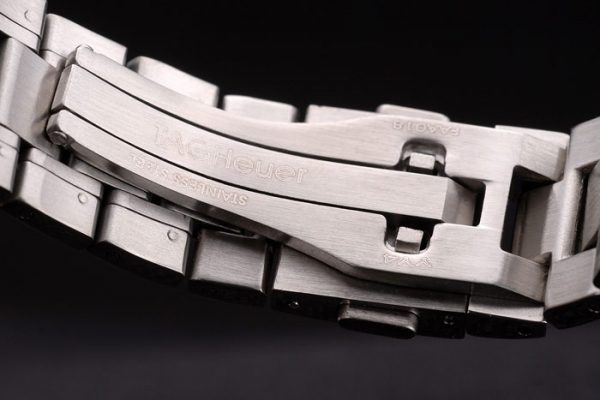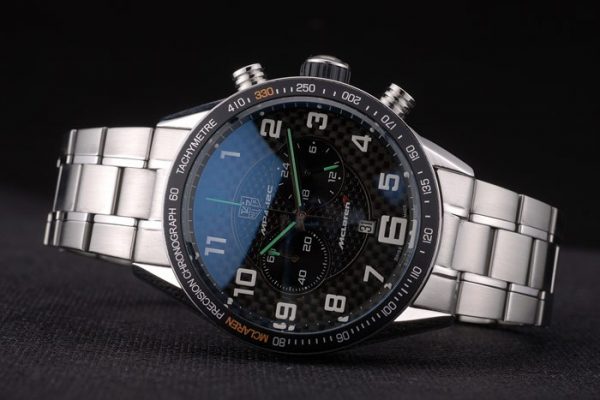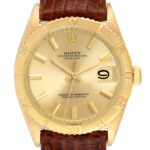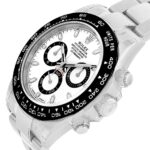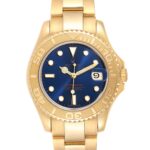Rolex introduced the Oyster Perpetual in the mid-1930s, combining two of its most influential innovations: the Oyster water-resistant case and the self-winding perpetual movement. The Rolex Oyster case entered the market a decade earlier, in 1926, marking the first waterproof case made specifically for a wristwatch. Although it has undergone impressive upgrades over the past century to improve its water resistance, it remains the perfect vessel for Rolex’s self-winding movements. The other component, and the subject of this article, is the perpetual calendar movement, which has also undergone considerable improvements over the past few decades.
The “perpetual calendar” in a replica Rolex perpetual calendar movement refers to the watch’s ability to run on the energy provided by the movement of the wearer’s wrist rather than being wound manually. Rolex invented the perpetual calendar rotor in 1931, which drives this ability through a centrally mounted winding weight capable of rotating a full 360 degrees. The wrist movement causes the rotor to rotate back and forth, thus winding the mainspring that powers the watch. Although automatic watches did exist before the invention of the perpetual calendar movement, it is thanks to the ingenuity of Rolex that automatic watches exist today in their current form.
On the other hand, a watch’s precision depends on its movement oscillator’s consistency, which consists of a balance spring and a balance wheel. The more stable the oscillation of the oscillator, the more accurate the watch’s time will be, so the manufacturer always strives to find new ways to strengthen this component of the mechanism. After five years of research and development, Rolex created an advanced version of the traditional hairspring that debuted in 2000 within the Rolex Daytona caliber 4130: the patented blue Parachrom hairspring – a hairspring that is unaffected by magnetic fields and ten times more resistant to shocks.
Later in 2005, Rolex introduced the patented Paraflex system, a tiny but robust shock absorber that increases Rolex’s shock resistance by 50%, enhancing the watch’s protection against everyday impacts. By inventing the Parachrom hairspring, Copy Rolex no longer relied on the industry-standard Nivarox to supply them with a hairspring, essentially bringing more of the movement’s production in-house to meet their exacting standards of perfection.
